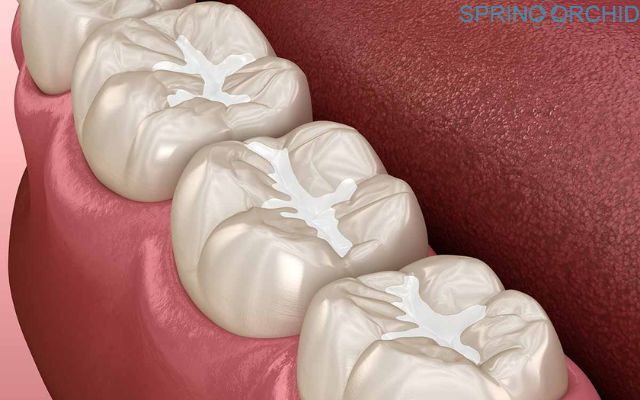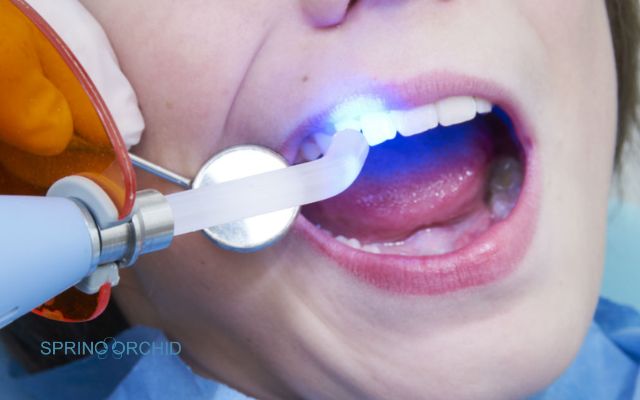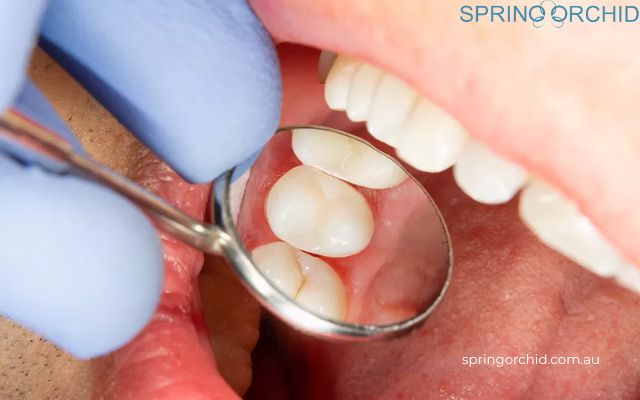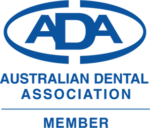Dental sealants are a great way to keep kids and adults with damaged or decaying teeth from getting cavities. Very simply, it’s a painless and straightforward method of keeping cavity-causing bacteria at bay. There is a lot of misunderstanding about dental sealants, and people often use them incorrectly or don’t follow the aftercare instructions.
Under that context, the following article will discuss Dental Sealants, including their use, benefits, aftercare instructions, frequently asked questions, and more. If you’re looking for details about Sealants and teeth preservation, you’ve come to the right place.
What Are Dental Sealants?


According to the American Dental Association, a dental sealant is a thin layer of plastic or liquid that is painted on the chewing surfaces of permanent teeth to keep plaque and bacteria out. This material is often put on the back molars (the front teeth are used for cutting and the back teeth are used for chewing) to stop tooth decay and keep the mouth healthy.
Dental sealants don’t need tooth abrasion and are painless. Following cleaning and drying the tooth surface, a layer of sealant is applied and hardened with a UV light. They can keep kids and adults from getting cavities for many years.
When Should You Use A Dental Sealant?


If you have a history of tooth decay or if your molars are particularly difficult to reach and clean, your dentist may prescribe a dental sealant. It’s suitable for all ages. The following situations need the usage of dental sealants:
Children
It is recommended for kids ages 6 to 14 after all of their baby teeth and permanent teeth have come in. That way, kids may keep their teeth strong and healthy and avoid cavities.
Adults
Adults who have teeth that are more difficult to clean, have grooves and pits, or are more likely to develop cavities, may also benefit from dental sealants.
Individuals at high risk of dental decay
If you have a bad diet, consume carbonated water, or drink a lot of sugary water, you are at a greater risk of tooth decay. Dental sealants may be an effective tooth protection treatment in this instance.
Dental patients
Dental sealants might help prevent your teeth from additional harm if you already have dental issues.
Nevertheless, if you have any tooth issues, you should visit your dentist before using dental sealants.
The Benefits Of Dental Sealants


Dental sealants are a form of liquid or plastic that are put to the surface of teeth to shield them against assault by bacteria and acids that cause tooth decay. There are many uses for dental sealants, such as:
Prevents the development of cavities
This treatment assist in defending teeth against the acids and bacteria that result in cavities. In order to preserve teeth from decay and reduce the likelihood of dental disease, this liquid or plastic is painted on the tooth surface.
Getting care cheaper
If you avoid cavities and tooth loss by using dental sealants, you may save money on costly dental care down the road.
Simple and Painless
The application of dental sealants is easy and painless. Just make sure the tooth surface is clean and dry before applying the liquid or resin; there’s no need to be rough.
Protection for Children’s Teeth
Dental sealants are a popular way to protect children’s teeth from cavities and have been used for decades.
To sum it up, dental sealants are an easy and efficient way to guard against tooth decay and preserve your oral health.
Aftercare
No amount of dental sealants can make up for not taking care of your teeth every day. To keep your teeth healthy after having dental sealants, do the following:
- Proper tooth brushing: Use a soft-bristled toothbrush and fluoride toothpaste twice a day to avoid cavities.
- Mouthwash: Fluoride mouthwash helps protect teeth and freshens breath.
- Avoid sweets: Sweets and beverages cause cavities. Limit their consumption to safeguard your teeth.
- Dentistry: Dental exams and cleanings should be regular. Dentists repair wore dental sealants.
- Pay attention to scratches on dental sealants: If you find any scratches on your dental sealants, contact your dentist to have them rectified.
- Do not use your teeth to bite or chew hard foods: If you have a habit of using your teeth to bite or chew hard foods, that is the main cause of damage and breakage of dental sealants. So limit this habit to protect your dental sealants.
Before applying dental sealants, you should get the advice of your dentist if you have any issues with your teeth.
Dental Sealants Service In Bassendean, Perth
The process of putting dental sealants is an effective way to prevent tooth decay because they protect teeth from dangerous microorganisms and debris. Therefore, our Bassendean dental care is best option for dental care because of its staff of highly educated dentists and the state-of-the-art equipment, they employ to ensure each patient’s comfort and safety throughout procedures.
Dental sealants don’t take much time or effort to apply. The following are the processes for applying sealants at Spring Orchid Dental:
Step 1: Examine and diagnose teeth
First, your dentist will check and analyze the state of your teeth before beginning the procedure of applying dental sealants. This is done to ensure that the sealants will be effective.
In certain cases, including when a patient hasn’t had their teeth cleaned properly or has tooth decay, further work is required before dental sealants may be applied.
Step 2: Clean your teeth
You should expect your dentist to use a toothbrush and maybe even recommend some mouthwash to help clean your teeth.
This cleaning procedure prepares the tooth surface for dental sealants by removing plaque and tartar buildup.
Step 3: Cleaning and sanding
After thoroughly cleaning the teeth, the dentist will next apply a disinfectant to the tooth surface and then gently sand it in order to eliminate any lingering contaminants.
The tooth’s surface is made smoother as a result of this procedure, and the likelihood of germs adhering to it is reduced.
Step 4: Use disinfectant acid
After the completion of the cleaning procedure, the dentist will dry the teeth with a cotton ball or a dry pen before moving on to the application of dental sealants.
The dentist will use a mild bleaching acid to soften the surface of the tooth. This process helps the dental sealants adhere more firmly to the tooth surface.
Step 5: Apply for protection
The next step is for the dentist to apply sealants to the teeth. Sealants for teeth are often produced from synthetic fiber resin, and this resin is injected into the pits and grooves that are found on the surface of the tooth. The dentist will use a burner to quickly freeze the sealants so they will stick to the teeth.
Step 6: Verify and complete
The dentist at Spring Orchid will double-check your dental sealants to make sure they have adhered properly to your teeth once they have been painted on.
Conclusion
Our dentists in Bassendean have years of expertise and can explain the procedure of placing sealants and provide aftercare instructions to ensure your teeth stay healthy. In particular, you can count on us to use cutting-edge tools and methods that guarantee your complete security and optimal efficiency.
FAQs about Dental Sealants
Are Dental Sealants Safe?
Absolutely, dental sealants prevent cavities and are safe. It is just enameled that the liquid sealant may react with. Thus, it will not affect any other oral tissues if used to cover teeth. Furthermore, the dental sealant does not include any harmful substances like bisphenol A (BPA) or any other recognized carcinogens.
But there are always risks involved when you go to the dentist. If it’s not put on right, sealant can irritate the gums and teeth. Because of this, it is very important to see a dentist on a regular basis so that they can ensure that the sealant is being applied accurately and effectively.
Does Eating Feel Different With Dental Sealants?
No, dental sealants don’t affect eating. Liquid sealant is applied directly to tooth grooves and holes without disturbing the smooth chewing surface.
Dental sealants protect teeth from germs that deteriorate the enamel. You can eat and brush your teeth without worrying about how you feel.
Ask your dentist about dental sealants and how they affect your appetite.
Do Dental Sealants Need To Be Replaced?
To ensure that your dental sealants are still in place and performing their job, you should regularly check on them. Remember that sealants that are chipped or missing must be replaced or they won’t work. Your sealants will be examined on a regular basis by the dentist, and if they are worn out, they will be replaced. Depending on the quality and strength of the substance used, dental sealants generally last 5-10 years.
Dental sealants are made to be very long-lasting, but if you practice good oral hygiene, you may increase their usable life range and reduce the possibility that they will need to be replaced before their time.





